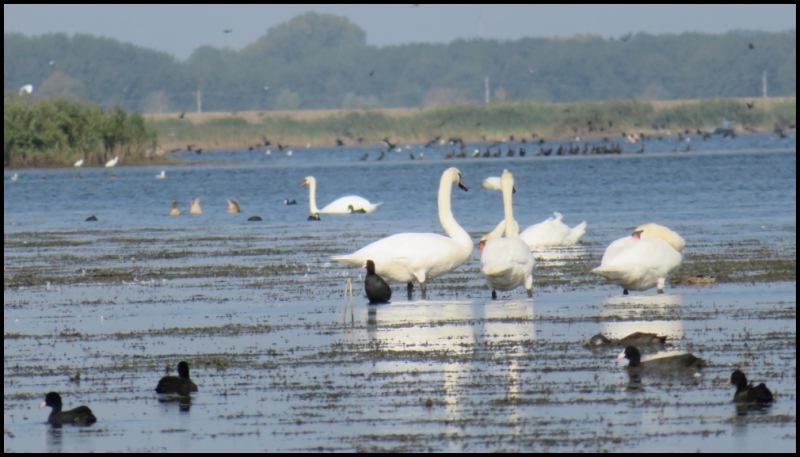Once sisters of the one of the greatest powers of the world, Austro-Hungarian Empire, both Austria and Hungary have now been separated for the last 100 years. Years that took each of them on different paths, even though sometimes they were intertwined. Part of European Union and part of UNESCO Heritage, Vienna and Budapest are 2 centerpieces of Europe that justify their fame, no need for an introduction.
Cityscape
Vienna, known as a capital of music welcomed us in a waltz pace, as all the airport hallways resounded with Mozart tunes. A hot August morning was beckoning to us after we picked up our luggage and Vienna Pass, which made us wonder how hot a day can be in the middle of Europe, which we found out later on, after visiting Budapest as well, but this is another story.
A city with so many architectural styles, Vienna’s roots lie in early Celtic and Roman settlements. Now it is known as one of the most developed cities in Europe, being selected one of the most livable cities in the world. From the abundance of baroque style buildings in city centre (which was designed in 2001 UNESCO World Heritage Site) to some of the most interesting, colourful, or bizarre buildings, Vienna hasn’t faltered to offer us unique views.
In order to protect the cityscape, high-rise projects are totally excluded in certain zones. In Vienna there are about 100 buildings higher than 40 m, reason the city maintains the old historical charm, the panoramic viewpoints, and existing lookouts.
This slideshow requires JavaScript.
Continue reading →






